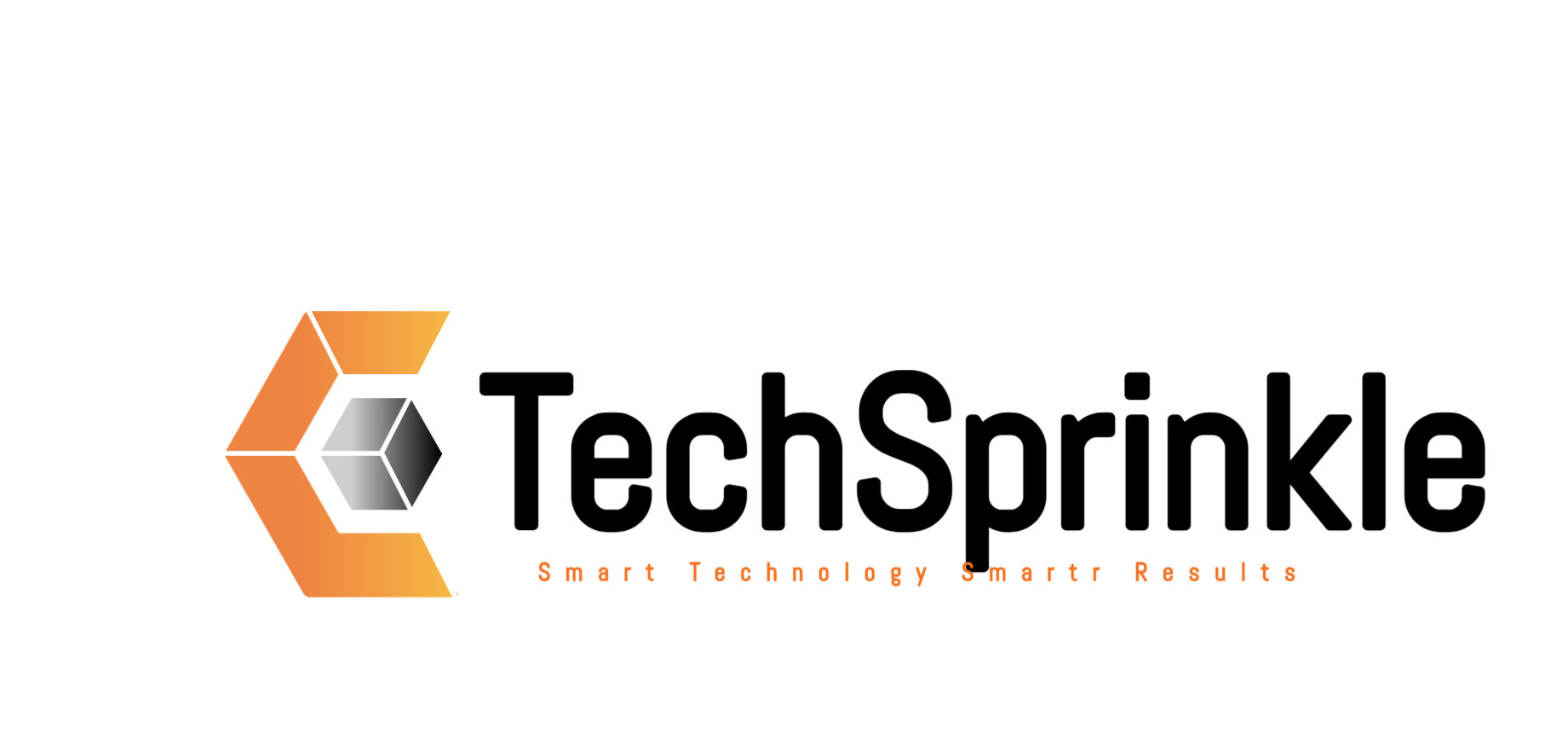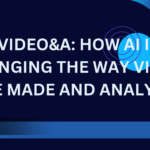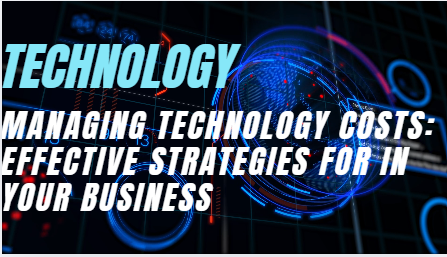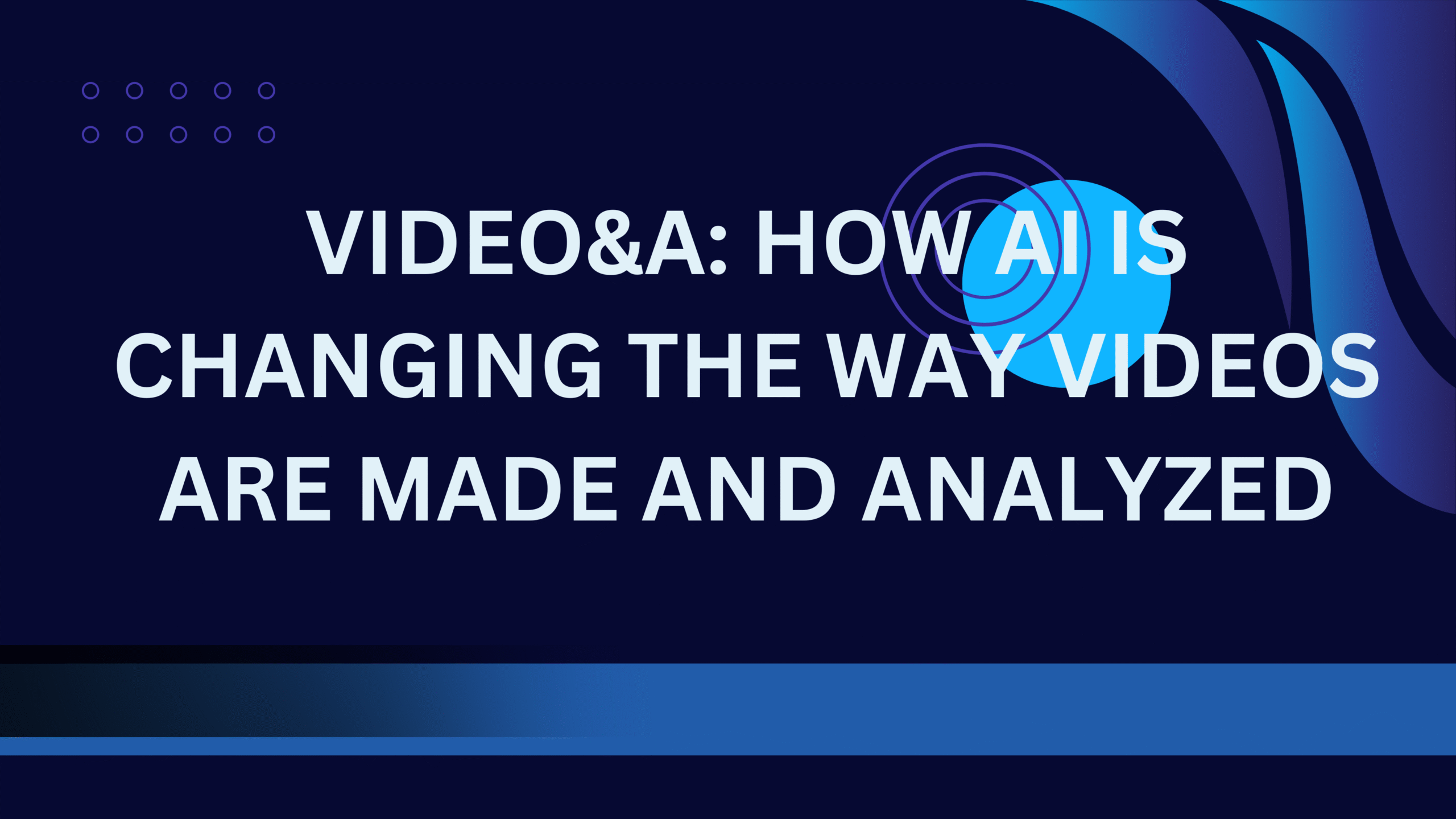Table of Contents
The Beginning
Managing technology costs has never been more important than it is now, when digital transformation affects almost every part of organization. The cost of technology is a big portion of modern businesses’ operating costs. This includes things like cloud subscriptions mobile services software licensing and IT infrastructure.
But when companies use more technologies to boost productivity and performance they often lose track of how much they are actually spending on technology. This is where Technology Expense Management (TEM) comes in.
It’s not enough to merely save expenses using TEM; you also need to keep an eye on all technology-related spending so you can make better financial and operational decisions. We’ll talk about what Managing technology costs is, why it’s important, how it works, its pros and cons, the crucial variables for success, and what the future holds for this important business function in this blog.
What is the management of technology expenses?
Managing technology costs (TEM) is the process, tools, and tactics that a company uses to keep an eye on, control, and improve all of the expenditures associated with its technology assets and services. It usually has:
Managing technology costs(for mobile, fixed, and data lines)
Managing Cloud Expenses
SAM stands for Software Asset Management.
Managing IT finances
Tracking Subscriptions and Licenses
Oversight of Hardware Purchases
TEM systems enable businesses figure out where their tech budget is going, find areas where they are wasting money, obtain better deals, get rid of waste, and make sure they are following the rules.
TEM is necessary to make sure that technology works well and doesn’t cost too much for the organization, whether it’s managing SaaS renewals, mobile contracts, or cloud usage.
What is managing technology expenses so important?
As businesses spend more and more on technology each year, especially since they started using digital tools, cloud computing, and remote work, they confront a number of major problems:
1. Knowing the Cost
Without TEM, businesses generally don’t have a clear idea of how much they spend on technology across departments, providers, and locations.
2. Keeping an eye on the budget
TEM helps finance and IT departments make better predictions and keep their spending in check.
3. Cutting down on waste
Unused licenses, duplicate tools, and services that aren’t used enough are all frequent ways to waste money. TEM helps find and get rid of them.
4. Making contracts better
Because of auto-renewals or poorly negotiated conditions, many businesses pay too much for services. TEM helps keep track of vendor contracts and renewals.
5. Rules and Regulations
TEM tools assist keep an eye on how well people are following rules about how to use things, security, and government regulations.
What is the process of managing technology expenses?
The steps that usually make up Managing technology costs are as follows:
1. Collecting data and inventory
TEM begins with collecting a lot of information on all of the IT assets, services, software, subscriptions, and telecom contracts.
2. Keeping track of usage and costs
Real-time or periodic audits are used to keep an eye on software and services to see how much they are actually being used and how much they cost.
3. Contract Management:
Managing technology costs tools keep track of contracts and let everyone know when they are about to expire, when they may be renewed, and what the vendor’s conditions are.
4. Evaluation and Improvement
Companies may find out how people use their services, point out areas where they might be more efficient, and compare their expenditure to industry standards using analytics.
5. Making things automatic
You may save time and make fewer mistakes by automating tasks like processing invoices, allocating costs and reviewing user access.
6. Reporting and Making Predictions
Dashboards and statistics from Managing technology costs systems let people make decisions and prepare for the future.
Pros of Managing technology costs
1. Better Control of Finances
Managing technology costs makes it easier to budget predict and distribute IT resources which leads to better financial decisions.
2. Saving money
Companies may save a lot of money by finding and getting rid of waste renegotiating contracts and combining services.
3. Better visibility
With unified dashboards and reports everyone involved can see clearly and up-to-date where the money is going.
4. Efficiency of operations
Automating processes like checking invoices and managing licenses gives IT and finance teams more time to do other things.
5. Lowering risk
Managing technology costs ensures that vendor contracts, regulatory requirements, and corporate regulations are followed, which lowers the risk of penalties and data breaches.
1. Setting up Managing technology costs might be hard at first.
Setting up a full-fledged Managing technology costs system takes time, work, and cooperation amongst departments.
2. High Upfront Costs
Even though Managing technology costs saves money in the long term, some companies have to spend a lot of money on tools and consultation at first.
3. Problems in integrating data
It might be hard to combine data from different systems, providers, and formats, and sometimes you need to make your own solutions.
4. Need for Correct Input
The data that TEM gets is what makes it work. Results might be skewed by incorrect asset inventories or contract data.
5. Managing Change
Getting departments to agree to and follow common spending management procedures may be hard.
Important Things to Know About Managing Technology Costs
To get the most out of a TEM strategy, companies need to pay attention to a few important success factors:
1. Managing data from one place
It’s very important to have all of your technology spending data in one place so that you can track and analyze it correctly.
2. Tools for Automation
Use automation to take care of chores that you do over and over, including managing licenses, processing invoices, and keeping an eye on use.
3. Proactive Vendor Management
Take charge of your connections with vendors keep track of when contracts need to be renewed and get the best terms possible.
4. Across Departments Working together
When IT finance procurement and operations, all work together toward the same goals TEM works best.
5. Continuous Improvement
Over time how people utilize technology, evolves. Regular audits and improvements make sure that things stay efficient and costs stay low.
6. Framework for Governance and Compliance
To prevent expensive fines, make sure that all tech costs follow the law, are safe, and meet all other rules.
Use Cases for Technology Expense Management
Big Companies Manage hundreds of licenses devices and vendor connections in offices all around the world.
Small and medium sized businesses (SMBs) keep an eye on their cloud and SaaS subscriptions to avoid paying too much.
Workplaces that are remote or hybrid
TEM helps keep track of and manage the mobile plans collaboration tools and cloud services that remote teams employ.
IT Managed Services Providers
Give clients TEM as a value-added service to help them keep track of their IT costs.
Common TEM Tools and Platforms
There are several software programs that are good at managing technology costs, such as:
Tangoe
Calero-MDSL
Sakon
Cass Info Systems
Software for Snow
Apptio (for managing IT and cloud finances)
These systems provide different features, such tracking invoices, use, SaaS, and more.
Managing technology expenses in the future
As digital ecosystems becoming increasingly complicated, TEM’s position is likely to change in a few important ways:
Insights from AI
AI will be more important in making predictions, finding unusual events, and giving strategic advice.
TEM that works in the cloud
As cloud expenditure goes up, contemporary TEM systems are changing to focus more on controlling price models based on use.
Connect with FinOps and ITAM
TEM will work more and more with Financial Operations (FinOps) and IT Asset Management (ITAM) to give a more complete picture of the value of technology.
Managing Expenses on Your Phone
As more people work from home and in mobile first workplaces keeping track of and cutting down on mobile costs will become more important.
In conclusion
It’s no longer a choice to manage technology, costs it’s a strategic need. As businesses rely increasingly on digital tools platforms and services the chances of spending too much not using them enough, or not following the rules also rise. Companies, can take charge cut down on waste hold people accountable and make smarter decisions, about their technology expenditures, by using a good TEM approach.
Businesses, can turn TEM from a back-office activity into a key driver of financial efficiency, and strategic value by concentrating on data visibility, automation cross-department cooperation and continual optimization.









